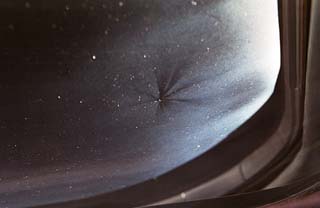


Living in space for extended times is both attractive and challenging. Microgravity reveals much about life sciences and materials. Long-term, naked eye observation of Earth's surface and weather can lead to new insights and discoveries. A permanent space station could become a construction and launch site for human planetary expeditions. Long residences on a space station could serve as preparation for long flights to Mars and outposts on the Moon.
The Russians have the most experience with long-duration spaceflight. NASA added to its own knowledge with the seven Mir astronaut residencies. In long-duration spaceflights, psychological factors are much more critical than in short ones, with possible stresses including low sensory input, lack of motivation, confinement, isolation, monotony, long-term dangers and sudden emergencies, and personality conflicts with other crew members. The International Space Station will serve as a long-duration space base for 16 nations. For discussions of the human and scientific aspects of long-duration spaceflight, visit the Science page. For other NASA web sites on human spaceflight, visit the Related Links section.
Related
Links
Science
Life in Microgravity
Life on Mir
Glaskov on Psychological Factors
Russian Space Stations:
Fact Sheet (PDF)
Mir's Spaceflight Records
![]()
|
|
Curator:
Kim Dismukes
Responsible NASA Official: John Ira Petty |
.gif)